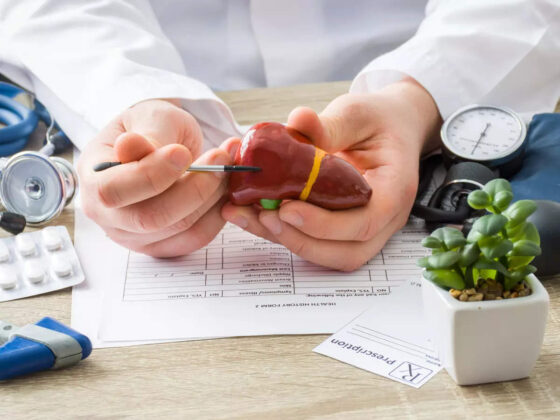Researchers at Princeton University have developed a systematic approach for evaluating how the microbial community in our intestines can chemically transform, or metabolize, oral medications in ways that impact their safety and efficacy. The new methodology on Gut Microbiome and Drug Safety provides a more complete picture of how gut bacteria metabolize drugs, and could aid the development of medications that are more effective, have fewer side effects, and are personalized to an individual’s microbiome.
The study was published on Wednesday in the journal Cell.
Previous studies have examined how single species of gut bacteria can metabolize oral medications.
The new framework enables evaluation of a person’s entire intestinal microbial community at once.
“Basically, we do not run and hide from the complexity of the microbiome, but instead, we embrace it,” said Mohamed S. Donia, assistant professor of molecular biology.
“This approach allows us to gain a holistic and more realistic view of the microbiome’s contribution to drug metabolism.”
Gut Microbiome and Drug Safety: New Approach
The team used the approach to evaluate the gut microbiome’s effect on hundreds of common medications already on the market. The intestines are the primary region where pills and liquid medications are absorbed into the body.
The researchers identified 57 cases in which gut bacteria can alter existing oral medications.
Eighty percent of those had not been previously reported, emphasizing the potential of the method for revealing unknown drug-microbiome interactions.
These alterations range from converting the medicine into an inactive state — which can reduce its efficacy — to converting the drug into a form that is toxic, potentially causing side effects.
The framework could aid drug discovery by identifying potential drug-microbiome interactions early in development, informing formulation changes.
The approach can also help during clinical trials to better analyze the toxicity and efficacy of drugs being tested.
The intestines are home to hundreds of species of bacteria. The makeup of these communities — what kinds of bacteria and how many of each species — can vary considerably from person to person.
“This inter-person variability underscores why studying a single bacterial species makes it impossible to compare the microbiome’s metabolism of drugs between individuals,” Donia said. “We need to study the entire intestinal microbial community.”
The researchers found that some people’s microbiomes had little effect on a given drug, while other microbiomes had a significant effect, demonstrating how important the community of bacteria — rather than just single species — is on drug metabolism.
Additional contributors to the study were postdoctoral research associates Pranatchareeya Chankhamjon, Qihao Wu and Xiaojuan Wang; graduate student in molecular biology Ying-Chiang J. Lee, graduate student at Cambridge University Raphaella Hull; and Seema Chatterjee, research lab manager.
Funding for this study was provided by the Princeton Department of Molecular Biology, the National Institutes of Health, the New Jersey Commission on Cancer and the National Science Foundation.











